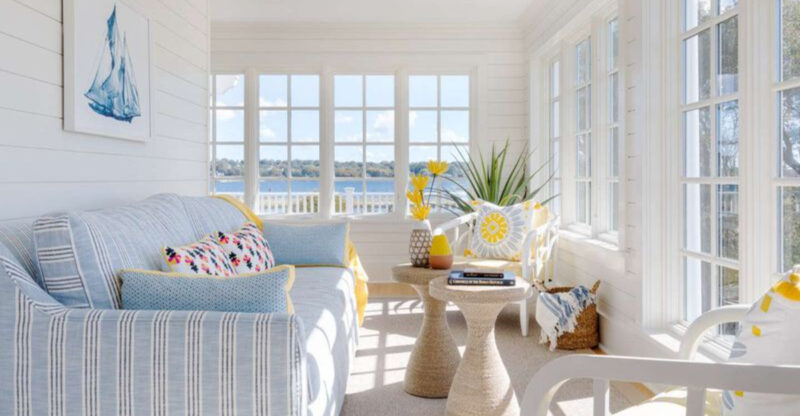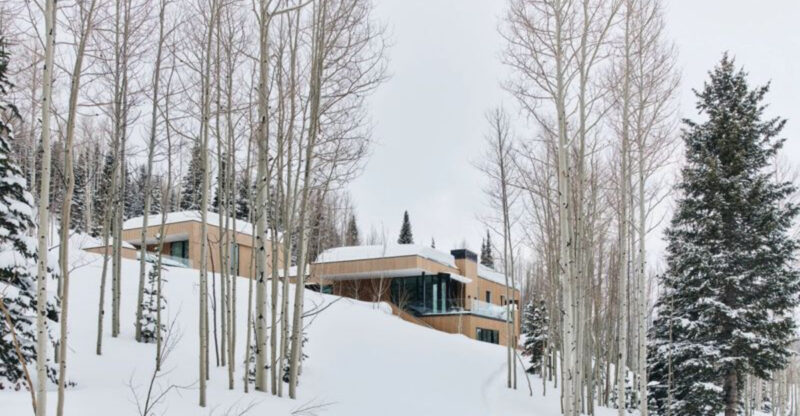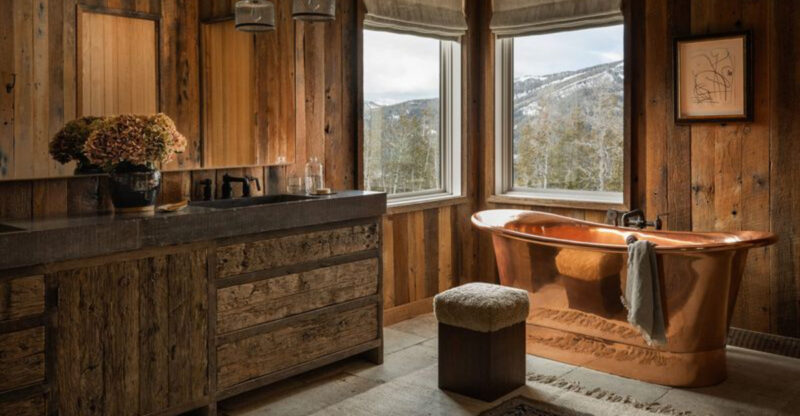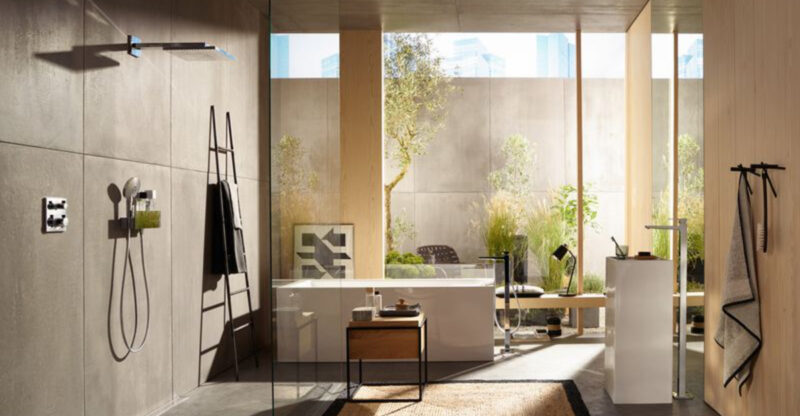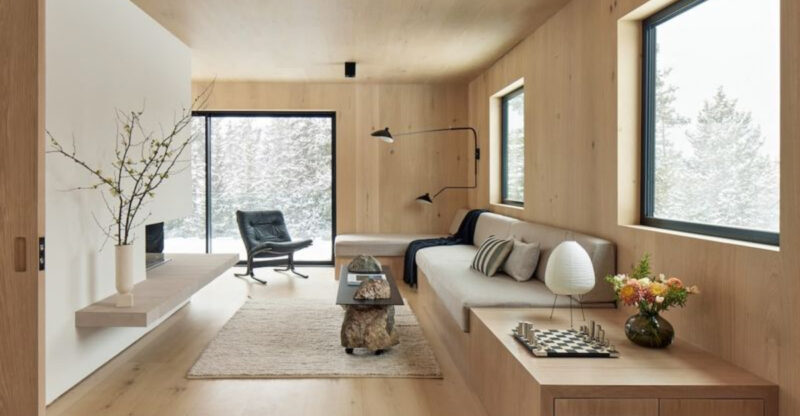6 Homes Losing Value Fast In California – And 9 That Can’t Find Buyers
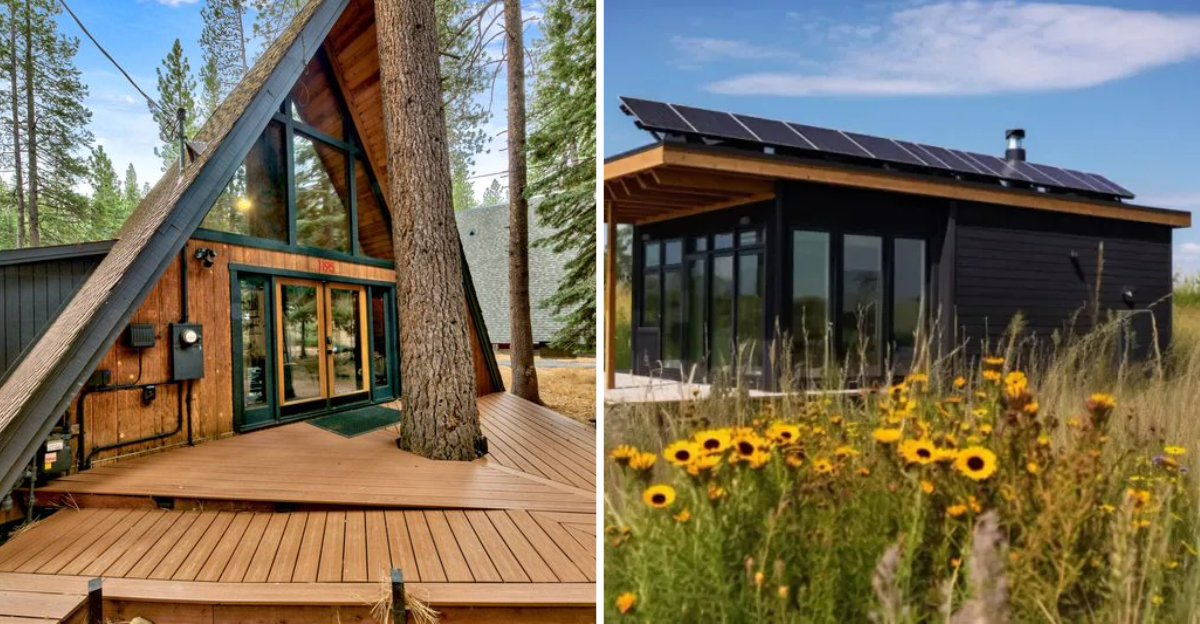
The glow of the housing boom is starting to dim. Streets once filled with bidding wars now echo with “For Sale” signs that linger a little too long. Some homes are losing value faster than agents can adjust their listings, while others can’t seem to draw a single offer.
In California, that shift feels especially sharp. The market that once set the national pace for demand and price growth is showing its cracks – revealing a new reality that rewards patience, precision, and a clear understanding of what buyers truly want.
1. Luxury Beachfront Condos In Malibu
Oceanfront living sounds like a dream, but Malibu’s priciest condos are watching their values slide. Rising sea levels and erosion concerns make buyers nervous about long-term investments here.
Insurance costs have skyrocketed, adding thousands to annual expenses. Maintenance fees for these buildings can rival a mortgage payment elsewhere, scaring off potential owners who crunch the numbers.
2. Older Suburban Tracts In The Inland Empire
Built decades ago when the region boomed, these neighborhoods now feel stuck in time. Many homes need serious updating, from outdated kitchens to aging roofs that demand attention.
Commute times to major job centers remain brutal, pushing buyers toward areas closer to work. The combination of deferred maintenance and location challenges keeps prices trending downward in these communities.
3. San Francisco High-Rise Studios
Compact city living lost some of its appeal when remote work became normal. Studios that once commanded premium prices now struggle to attract renters or buyers willing to pay top dollar.
HOA fees stay high while space remains limited, making suburban homes look more attractive. Young professionals who might have jumped at these units are reconsidering what they really need from a home.
4. Outdated Ranch Homes In Sacramento Suburbs
Single-story ranch houses from the 1970s haven’t aged gracefully without updates. Original bathrooms and popcorn ceilings tell stories that modern buyers don’t want to hear, especially when turnkey options exist nearby.
Energy efficiency is practically nonexistent, meaning utility bills that shock new homeowners. Buyers calculate renovation costs and often decide the math doesn’t work in their favor.
5. Desert Vacation Homes In Palm Springs
Second homes took a hit when travel patterns shifted and budgets tightened. Properties that were weekend getaways now feel like expensive commitments that owners can’t justify keeping.
Summer temperatures pushing past 110 degrees limit usability for much of the year. Rental income rarely covers the expenses, leaving these homes languishing on the market without serious interest from buyers.
6. Oversized Estates In Silicon Valley
Tech money built these sprawling properties during boom times, but the market has cooled considerably. Mansions with six bedrooms and movie theaters feel excessive when companies are cutting back and uncertainty looms.
Property taxes alone can exceed what many families spend on housing entirely. The pool of buyers who can afford these estates has shrunk dramatically, leaving sellers waiting months for offers.
7. Downtown Los Angeles Lofts
Urban loft living promised culture and convenience, but reality hasn’t matched the vision for everyone. Street noise, parking challenges, and concerns about neighborhood safety have buyers reconsidering the downtown lifestyle.
Converted warehouses offer character but often lack practical storage and outdoor space. Families especially are looking elsewhere, leaving these industrial-chic spaces sitting empty despite price cuts.
8. Napa Valley Vineyard Estates
Owning a piece of wine country carries a hefty price tag that fewer people can justify. These properties demand constant upkeep, from vine maintenance to managing the land, which isn’t everyone’s idea of relaxation.
Wildfire risks have insurance companies either dropping coverage or raising rates astronomically. The romantic notion of vineyard ownership crashes against practical realities that send buyers searching for simpler options.
9. Remote Mountain Cabins In Tahoe
Winter wonderland getaways sound magical until you factor in snow removal and limited access. Properties that require chains or four-wheel drive for half the year lose their appeal quickly to buyers seeking convenience.
Short-term rental regulations have tightened, cutting into potential income streams. What seemed like a smart investment now feels like a burden that owners are eager to offload.
10. Fixer-Uppers In Fresno
Renovation shows make flipping look easy, but reality is far messier and more expensive. Homes needing serious work sit unsold because buyers can’t secure financing or stomach the uncertainty of hidden problems.
Labor and material costs have climbed so high that the numbers rarely make sense anymore. Even cash buyers are hesitant, knowing that sweat equity might not translate to actual equity in this market.
11. New Construction In Overbuilt Subdivisions
Cookie-cutter neighborhoods sprouted up quickly, but demand didn’t keep pace with supply. Identical floor plans stretch for blocks, creating an oversaturation that leaves builders competing desperately for the few available buyers.
Incentives and price cuts have become standard, yet homes still sit empty. The promise of brand-new loses its shine when dozens of similar options exist within walking distance.
12. Tiny Homes With HOA Restrictions
Downsizing sounds appealing until the fine print reveals what you can’t do with your own property. Homeowners associations in these communities impose rules that make tiny living feel anything but freeing or flexible.
Monthly fees rival those of regular condos, negating the financial benefits of smaller spaces. Buyers seeking simplicity and affordability find neither here, moving on to options with fewer strings attached.
13. Rural Properties Without Utilities
Off-grid living appeals to some dreamers, but most buyers need running water and electricity from day one. The cost of bringing utilities to remote parcels can exceed the land’s purchase price, making these properties nearly impossible to sell.
Financing is tough when banks see undeveloped land as risky collateral. Without basic infrastructure, these plots remain stuck in listing limbo indefinitely.
14. Homes Priced Over $3 Million In Slower Markets
Ultra-luxury properties face a shrinking buyer pool when economic uncertainty rises. Markets that once moved quickly at high price points now see listings aging past the six-month mark without serious offers.
Wealthy buyers are pickier than ever, demanding perfection for their millions. Anything less than spectacular sits and waits, with sellers eventually accepting that price adjustments are inevitable.
15. Condos With High Association Fees
Monthly HOA fees that rival mortgage payments make buyers think twice about condo ownership. Even when the unit price seems reasonable, those extra hundreds or thousands each month change the affordability equation completely.
Amenities like pools and gyms sound great but often go unused by residents. Buyers are learning to calculate total monthly costs before falling in love, and many are walking away disappointed.

